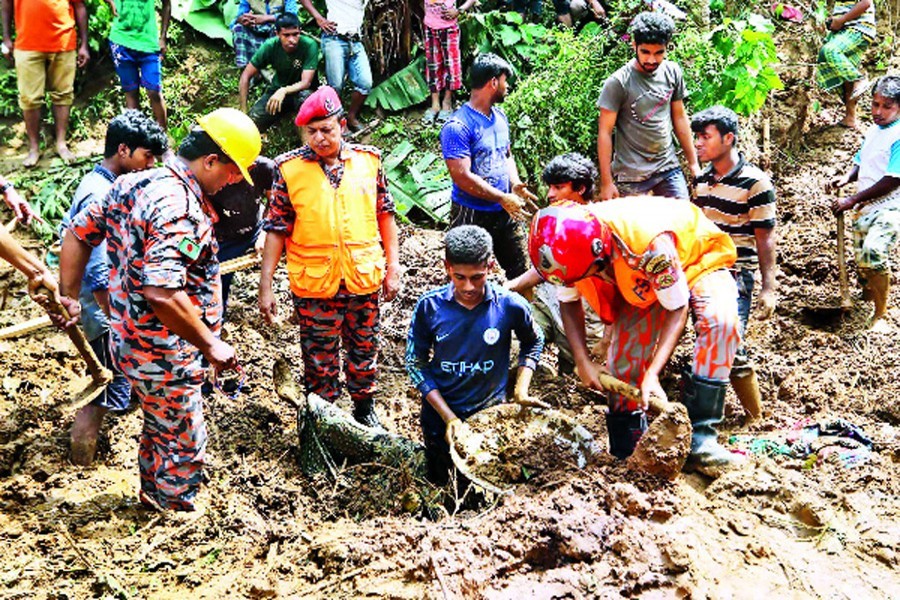
Published :
Updated :

With the very mention of indigenous communities in Bangladesh, the general people tend to visualise the tribal groups living in the Chittagong Hill Tracts (CHT). They also focus on the indigenous groups living in the greater Sylhet and Netrakona regions. The image of the people that appears before them is one of men and women of fair complexion. They have Indo-mongoloid features. Few have any clear idea about the ethnic minorities living in the country's plain land. Their skin colour is dark, but their overall complexion resembles that of the mongoloid stock. They are found in every corner of Bangladesh, mostly in the northern and south-western parts of the country.
The CHT's indigenous people have been living in the country's south-eastern hills for centuries. Due to their prolonged stay in Bangladesh, they have earned an inalienable right to live in the land. At present, at least 11 indigenous communities live in the three districts of CHT as the country's citizens.
In different pockets of the country, the plain-land ethnic minorities have long been living accepting the land as their own. A handful of them arrived in the eastern part of Bengal from West Bengal, its northern part in particular, in the ancient times. A few also migrated from Bihar and Orissa regions. According to ethnologists, the Santals could be considered the earliest inhabitants of the soil. A school of historians would like to credit them with predating the Bengalees in choosing the land as their abode. Others disagree with the view. It's now an accepted fact that the Bengalees as a race are the inhabitants of the land by birth.
According to a school of ethnology scholars, it is the Santals and a few of their contemporary tribes who have largely left their cultural mark on the Bengalees. Starting from the Bangla language, its offshoots along with the dialects, the numerical system to cropping patterns, Santal culture emerged as one of the prominent influences on the Bengalees.
In course of time, the other ethnic minority groups joined the Santals in shaping the mainland people's day-to-day life patterns. These communities included Oraons, Mahalis, Pahans, Barmans and a sprinkling of Mundas and Koras.
In the present Bangladesh, except a small section of Santals, most of the ethnic groups belong to the marginalised sections of society. With low literacy, they are mostly engaged in agriculture, fishing and handicraft making. Few tribal people have croplands. This plight forces them to work as farm labour in the plots of the local rich farmers. As a natural rule, they continue to be short-changed, and they are being deprived of their due wages. Only a handful of these people own tiny crop fields. Ironically, they cannot exert their ownership on their ancestral agri- or residential plots. Influential mainlanders invariably grab their croplands. Lately, the authorities of a factory have allegedly encroached on the croplands belonging to the Santals. The latter resisted the attempt vehemently leading to violent confrontations. Out of fear of being nabbed by the law enforcers, the tribal males remained outside their homes for a long time. The face-off is yet to be over.
The grabbers do not have any qualms in evicting the indigenous people from their lands. Except the rights activists, few utter a word of protest or sympathy as the injustices are being meted out to them. These people can be defined as being the most helpless in Bangladesh.


 For all latest news, follow The Financial Express Google News channel.
For all latest news, follow The Financial Express Google News channel.